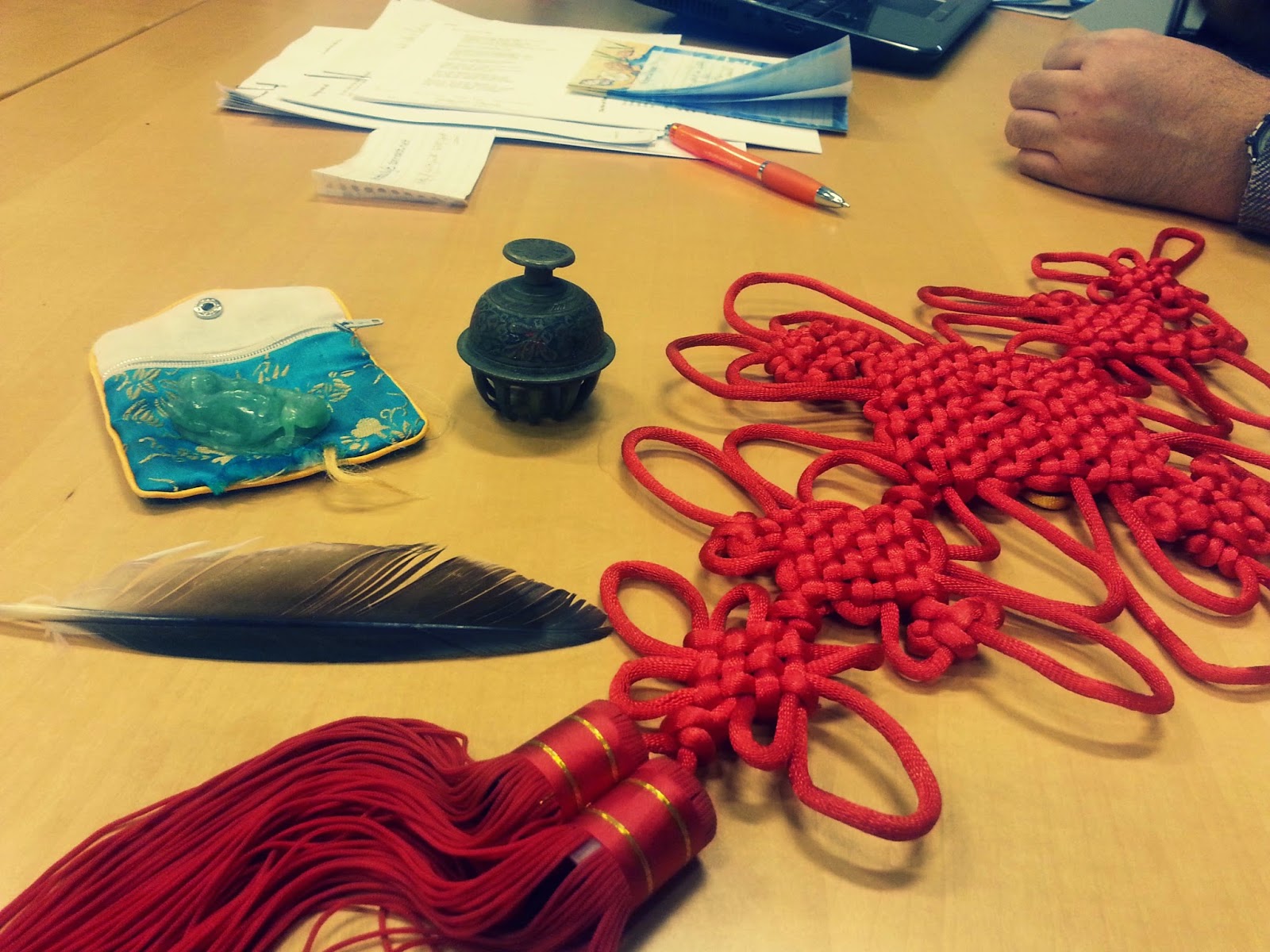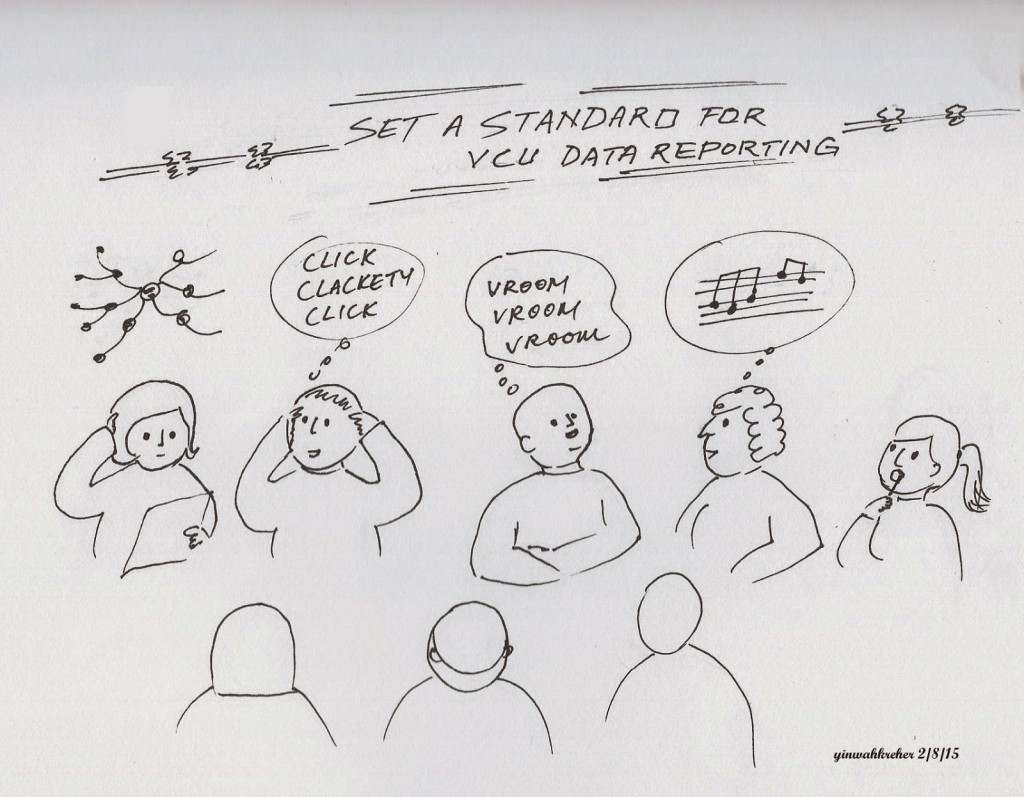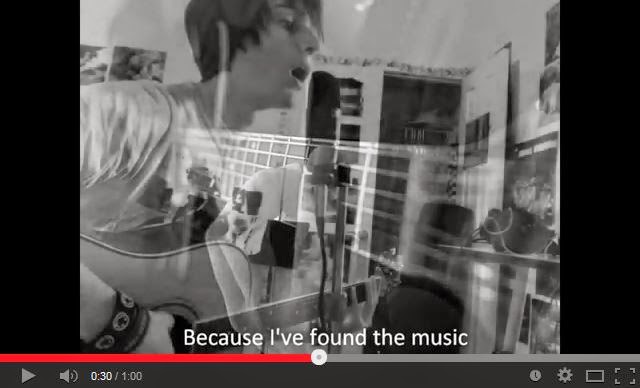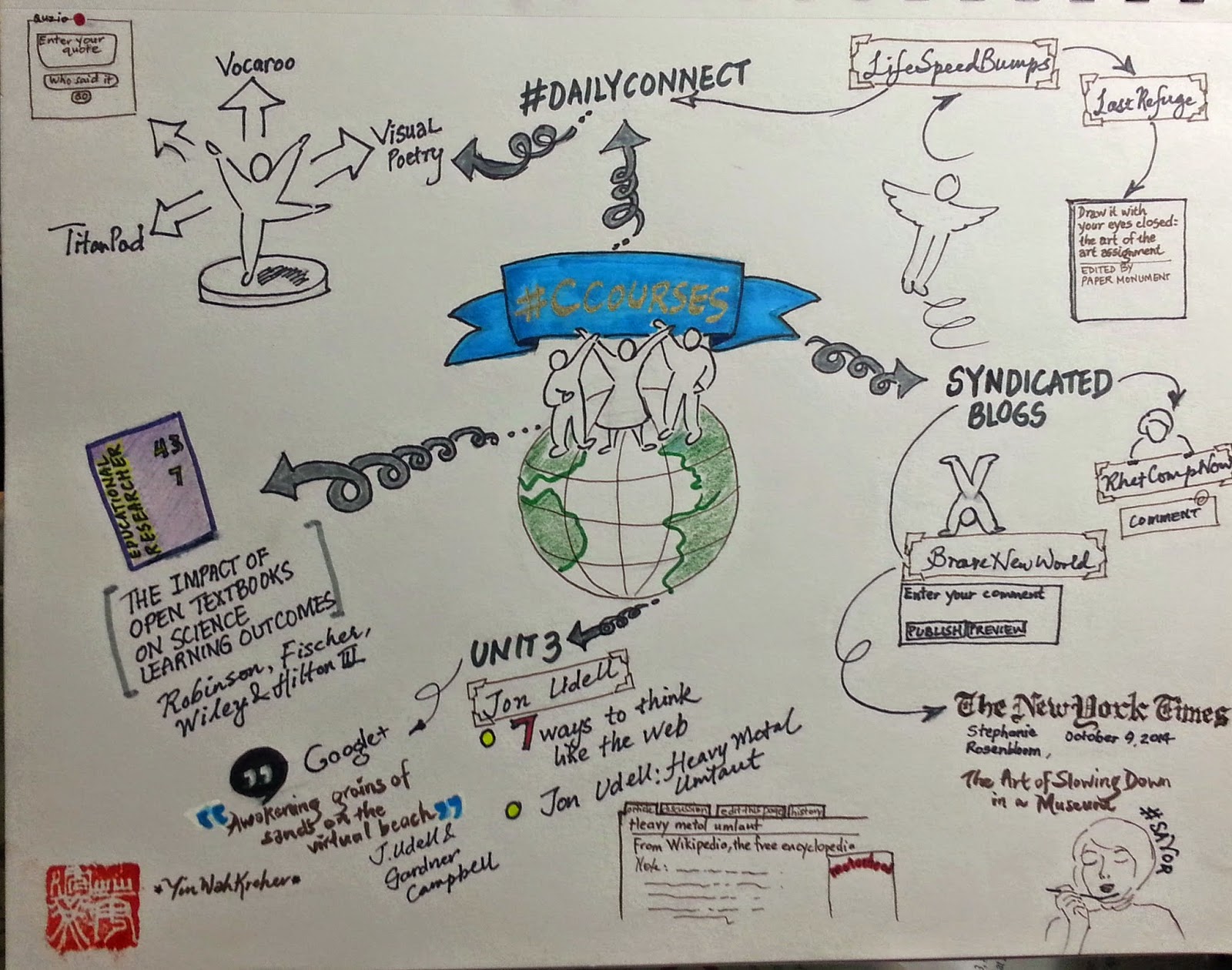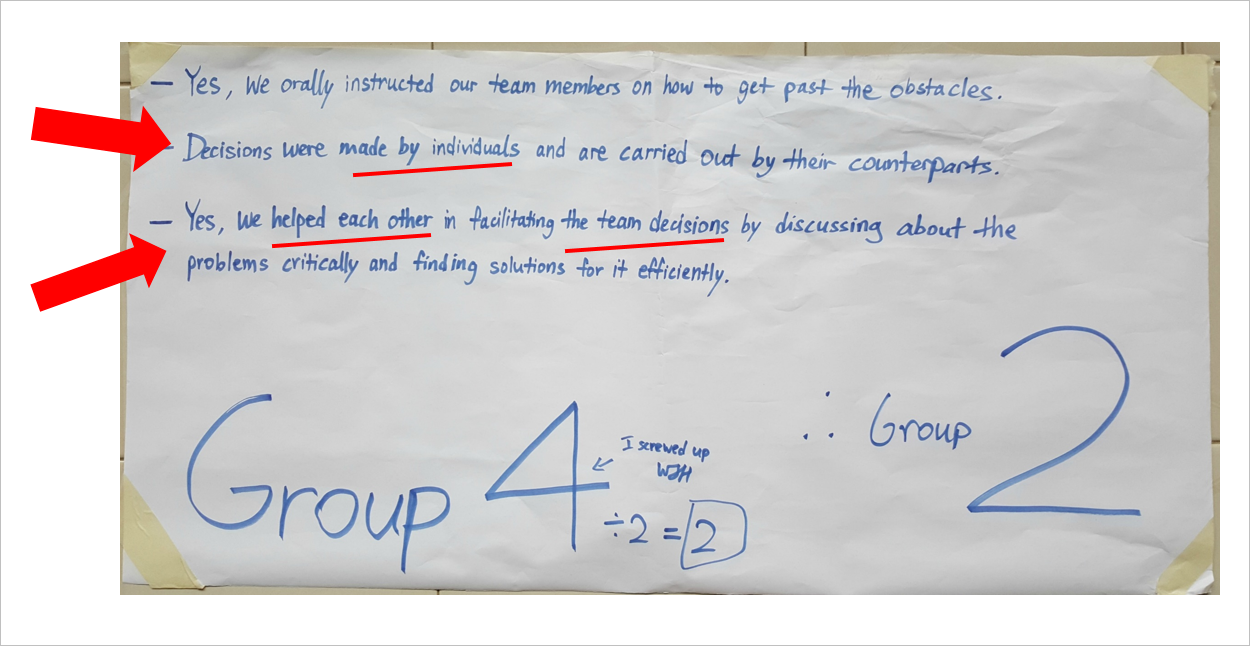Learning Organization
“… a project’s relative degree of success or failure may change over time. The Sydney Opera House is a good example. The original 1957 project plan called for the project to be finished in 5 years at a cost of $7M. In the end, the project cost $110M and took 13 years. By any measure that was a severely troubled project…” – Calleam Consulting Ltd.
I am taking time to reflect on the projects I’m working on, mostly to sort out my understanding about this topic of project success. Thinking about it brought me back to the subject of project management, something studied and executed numerous times in my professional life. Yet project success, or the lack of it, cannot be pinned down to one factor. There are layers in project success. A project like the Sydney Opera House is now an outstanding tourist attraction and an iconic piece of architecture one must not miss when visiting Sydney. The project has risen from its ashes because the product is now a success.
A range of factors could contribute to project success and product quality. I’m going to borrow quotes from the seminal organizational management book by Peter Senge, The Fifth Discipline, to assess if I embrace the disciplines of a learning organization, one which leads to high-performing teams. [Quotes in italics are borrowed from the Infed website]:
- Personal Mastery: People with a high level of personal mastery live in a continual learning mode. They never ‘arrive’ (Senge 1990). Methinks this discipline is associated with the deployment of personnel, i.e. matching people to jobs that tap into and expand their strengths.
“Personal mastery … is a lifelong discipline. People with a high level of personal mastery are acutely aware of their ignorance, their incompetence, their growth areas. And they are deeply self-confident. Paradoxical? Only for those who do not see the ‘journey is the reward’. (Senge 1990: 142)
- Mental Models: We all have “deeply ingrained assumptions, generalizations, or even pictures of images that influence how we understand the world and how we take action” (Wikipedia) These affect the communication of messages down the chain of command, down to the executors of the work.
The discipline of mental models starts with turning the mirror inward; learning to unearth our internal pictures of the world, to bring them to the surface and hold them rigorously to scrutiny. It also includes the ability to carry on ‘learningful’ conversations that balance inquiry and advocacy, where people expose their own thinking effectively and make that thinking open to the influence of others. (Senge 1990: 9)
- Shared Vision: Shared values and understanding regarding project process and product, e.g. What does it mean to “set a standard for future {insert project name}”? What is quality? What is timely delivery of quality product? What do terms mean in a group with multiple perspectives?
The practice of shared vision involves the skills of unearthing shared ‘pictures of the future’ that foster genuine commitment and enrollment rather than compliance.
- Team Learning: Are we suspending our assumptions and genuinely thinking together?
People need to be able to act together. When teams learn together, Peter Senge suggests, not only can there be good results for the organization, members will grow more rapidly than could have occurred otherwise.
- Systems thinking: Are we “continually learning to see the whole together”?
The systems viewpoint is generally oriented toward the long-term view. That’s why delays and feedback loops are so important. In the short term, you can often ignore them; they’re inconsequential. They only come back to haunt you in the long term.
These are lofty ideals. Are these disciplines something a team can cultivate? Or do we have “deleterious mindsets” or “learning disabilities” (Senge cited in Wikipedia)? Personal mastery must include effective interpersonal communication skills. Without these, the above disciplines cannot be fostered. Food for thought.
I find that learning to work together comes back to one thing I strongly believe in. Execution of good work depends primarily on clear thinking (clear mental models) and having the knowledge and skillsets to translate that thinking into action. I’m a stickler for precision of thought. Clear thinking depends on getting your ideas out of your head into the open, and refining it with others through interaction. It doesn’t come easily, but thinking can become clear and clarified, with others, as we work on communicating it in the open. When communication is effective, then putting it into action becomes less of a struggle when our mental models are clear. Then, the rest of the 4 disciplines can be implemented. In a perfect world, the ones executing the project would embrace the disciplines of “personal mastery,” “shared vision,””team learning” and “systems thinking.”
In reality, Senge discusses the eleven laws of the fifth discipline that might slow things down. But that is a chunk of ideas to discuss, I’ll leave it for another day.

